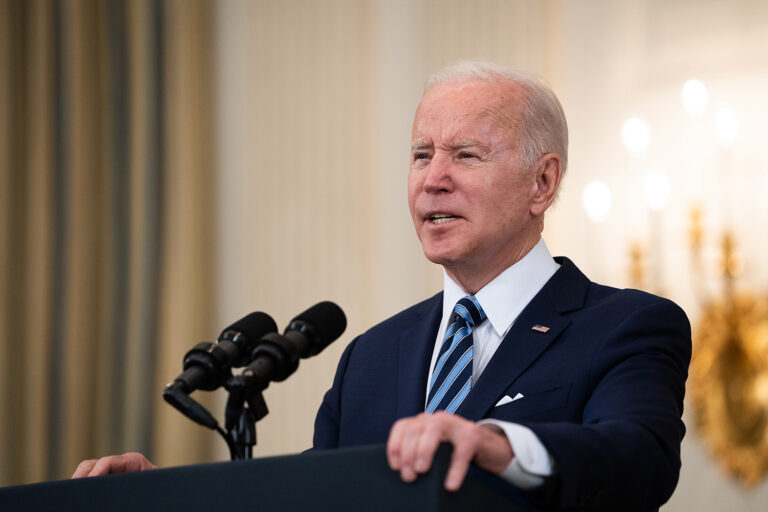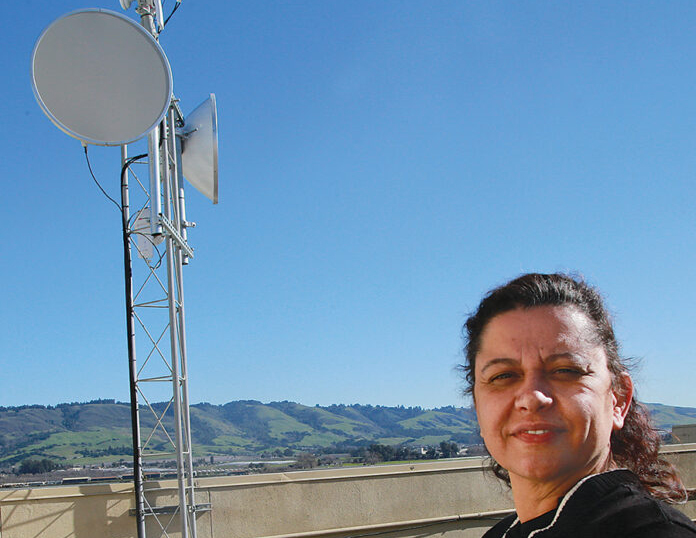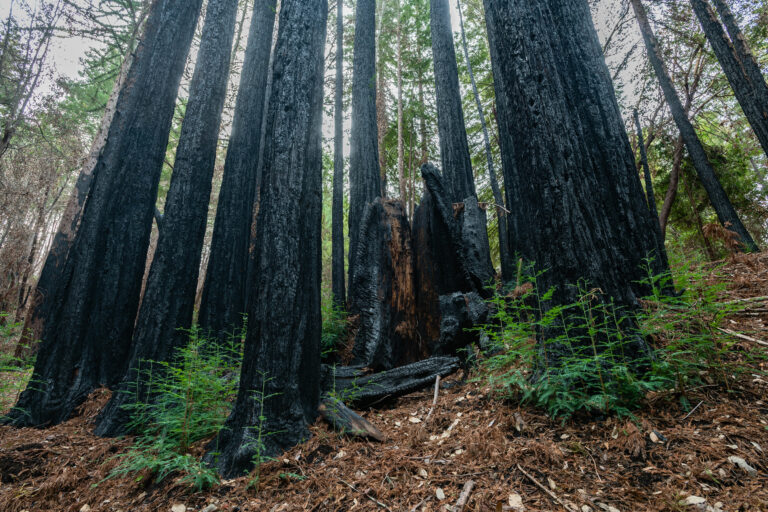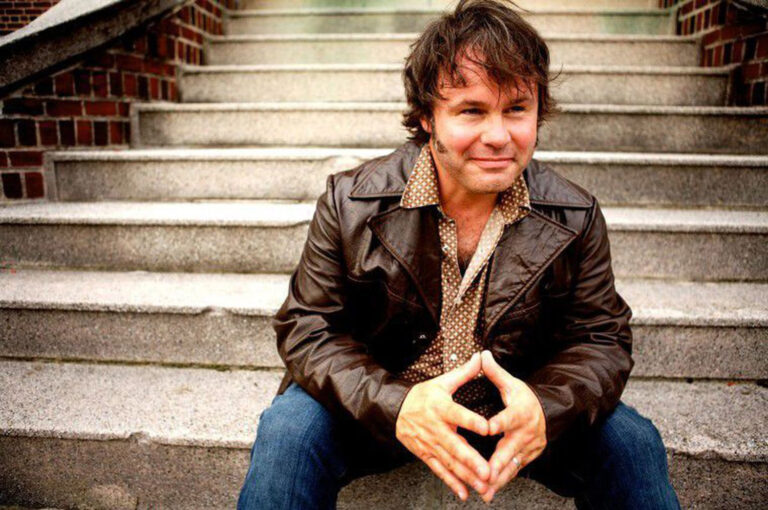By Ana Swanson, The New York Times
WASHINGTON — Food prices have skyrocketed globally because of disruptions in the global supply chain, adverse weather and rising energy prices, increases that are imposing a heavy burden on poorer people around the world and threatening to stoke social unrest.
The increases have affected items as varied as grains, vegetable oils, butter, pasta, beef and coffee. They come as farmers around the globe face an array of challenges, including drought and ice storms that have ruined crops, rising prices for fertilizer and fuel, and pandemic-related labor shortages and supply chain disruptions that make it difficult to get products to market.
A global index released Thursday by the United Nations Food and Agriculture Organization showed that food prices in January climbed to their highest level since 2011, when skyrocketing costs contributed to political uprisings in Egypt and Libya. The price of meat, dairy and cereals trended upward from December, while the price of oil reached the highest level since the index’s tracking began in 1990.
Maurice Obstfeld, a senior fellow at the Peterson Institute for International Economics who was formerly chief economist at the International Monetary Fund, said that food price increases would strain incomes in poorer countries, especially in some parts of Latin America and Africa, where some people may spend up to 50% or 60% of their income on food.
He said that it was not “much of an exaggeration” to say the world was approaching a global food crisis and that slower growth, high unemployment and stressed budgets from governments that have spent heavily to combat the pandemic had created “a perfect storm of adverse circumstances.”
“There’s a lot of cause for worry about social unrest on a widespread scale,” he added.
Even before the pandemic, global food prices had been trending upward as disease wiped out much of China’s pig herd and the U.S.-China trade war resulted in Chinese tariffs on U.S. agricultural goods.
But as the pandemic began in early 2020, the world experienced seismic shifts in demand for food. Restaurants, cafeterias and slaughterhouses shuttered, and more people switched to cooking and eating at home. Some American farmers who could not get their products into the hands of consumers were forced to dump milk in their fields and cull their herds.
Two years later, global demand for food remains strong, but higher fuel prices and shipping costs, along with other supply chain bottlenecks like a shortage of truck drivers and shipping containers, continue to push up prices, said Christian Bogmans, an economist at the IMF.
Drought and bad weather in major agricultural producing countries like Brazil, Argentina, the United States, Russia and Ukraine have worsened the situation.
The IMF’s data shows that average food inflation across the world reached 6.85% on an annualized basis in December, the highest level since its series started in 2014. Between April 2020 and December 2021, the price of soybeans soared 52%, and corn and wheat both grew 80%, the fund’s data showed, while the price of coffee rose 70%, due largely to droughts and frost in Brazil.
While food prices appear set to stabilize, events like a conflict in Ukraine, a major producer of wheat and corn, or further adverse weather could change that calculation, Bogmans said.
The effects of rising food prices have been felt unevenly around the world. Asia has been largely spared because of a plentiful rice crop. But parts of Africa, the Middle East and Latin America that are more dependent on imported food are struggling.
Countries like Russia, Brazil, Turkey and Argentina have also suffered as their currencies lost value against the dollar, which is used internationally to pay for most food commodities, Bogmans said.
In Africa, bad weather, pandemic restrictions and conflicts in Congo, Ethiopia, Nigeria, South Sudan and Sudan have disrupted transportation routes and driven up food prices.
Joseph Siegle, director of research at National Defense University’s Africa Center for Strategic Studies, estimated that 106 million people on the continent are facing food insecurity, double the number since 2018.
“Africa is facing record levels of insecurity,” he said.
While shopping at a market in Mexico City’s Juarez neighborhood Thursday, Gabriela Ramírez Ramírez, a 43-year-old domestic worker, said the increase in prices had strained her monthly budget, about half of which goes to food.
Inflation in Mexico reached its highest rate in more than 20 years in November, before easing slightly in December.
“It affects me a lot because you don’t earn enough, and the raises they give you are very small,” Ramírez said. “Sometimes we barely have enough to eat.”
The effect has been less severe in the United States, where food accounts for less than one-seventh of household spending on average, and inflation has become broad-based, spilling into energy, used cars, dishwashers, services and rents as price increases reach a 40-year high.
Yet U.S. food prices have still risen sharply, putting a burden on the poorest households, which spend more of their overall budget on food. Food prices rose 6.3% in December compared with a year ago, while the price of meat, poultry, fish and eggs jumped 12.5%, according to the Bureau of Labor Statistics.
The Biden administration has tried to restrain some of these increases, including with an effort to combat consolidation in the meatpacking business, which it says is a source of higher prices.
On Monday, the Department of Agriculture announced that it was partnering with the Port of Oakland in California to set up a 25-acre “pop-up” site where empty shipping containers could be filled, to try to speed their shipment out of the country.
But economists say that while these efforts help at the margin, there may be little the government can do to combat a phenomenon that is both complex and global.
The high cost of energy remains a particular challenge, said Obstfeld, since it increases transport costs for food, drives up the price of fertilizers, which require a lot of energy to produce, and diverts grain into biofuel production, away from people’s diets.
Maria Zieba, assistant vice president of international affairs at the National Pork Producers Council, said pork farmers were confronting a variety of challenges, including shipping container prices that are on average 170% higher than a year ago, last-minute cancellations of their shipments, and a lack of trucks and cold storage facilities.
“These are all the things that are adding to the price that you’re seeing at the grocery store,” Zieba said.
Chris Edgington, a corn and soybean farmer in northern Iowa who is president of the National Corn Growers Association, said farmers were also struggling with rising costs for fertilizer, crop insurance and chemicals.
Much of the corn that Edgington produces is processed into ethanol, leaving a byproduct called distillers grains that is commonly used as animal feed.
Those grains from Edgington’s farms are typically loaded into a container in Chicago, where they are shipped by rail to the port of Los Angeles, then on to Vietnam or other countries to feed fish, chickens and pigs.
But lately there has been a shortage of containers in Chicago to carry the distillers grains. Overloaded shipping companies have been refusing to send their steel boxes to the Midwest to pick up agricultural products, instead preferring to ship them back to Asia to carry more lucrative cargo.
With their costs and their sales prices increasing, many farmers are making similar margins to what they earned before, Edgington said. But “huge swings” in prices were still putting their finances at risk.
“Farmers are going to handle a lot more dollars and have a lot more risk for basically no different return than what we had a few years ago,” he said.
This article originally appeared in The New York Times.




















